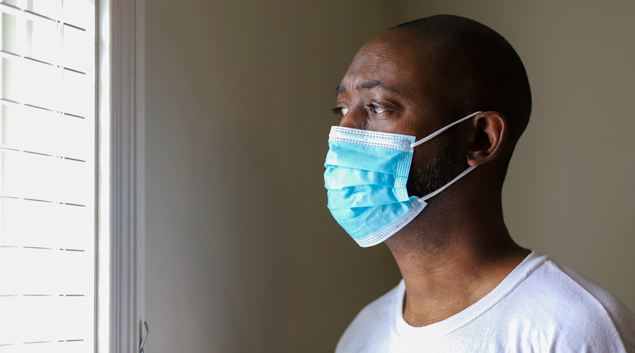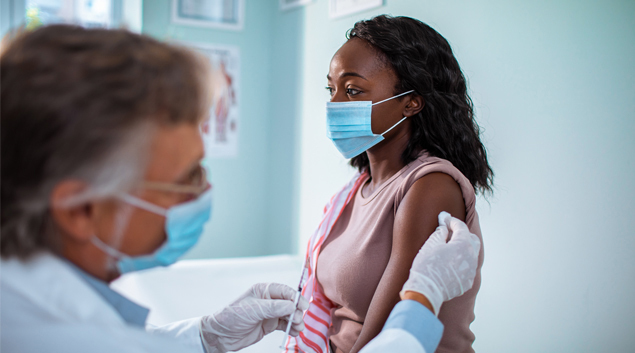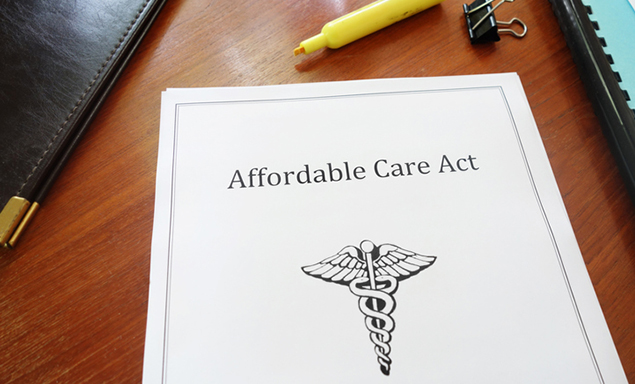
Workers experiencing job and financial insecurity are less likely to follow the Center for Disease Control and Prevention’s guidelines for COVID-19, such as physical distancing, limiting trips from home and washing hands, according to a Washington State University study published in the Journal of Applied Psychology.
The researchers, who surveyed 745 workers in 43 states, also found that state unemployment benefits and COVID-19 policies affected the connection between economic concerns and compliance with coronavirus precautions.
It shows that a scarcity mindset can play a role in how well people are able to focus on responding to the pandemic, said Tahira Probst, a WSU psychology professor and lead author.
HIMSS20 Digital
Learn on-demand, earn credit, find products and solutions. Get Started >>
WHAT’S THE IMPACT
The idea is that, with a finite set of resources at people’s disposal — resources that include time, money or social support, among other things — the fewer the resources, the more difficult it is to enact CDC-recommended guidelines. Economic risk factors impact people’s behavior; having safety nets or fallbacks mitigated the risk factor of job insecurity that was otherwise linked to lower adherence to guidelines.
In states with lower unemployment benefits, job insecurity was associated with a 7% decline in compliance with COVID-19 prevention behaviors.
State-imposed COVID-19 mandates also had a positive effect on compliance but seemed to primarily benefit the financially secure workers more. In states that had fewer restrictions on behavior that could spread the disease, workers were less likely to follow the CDC’s recommendations, whether the respondents were financially secure or insecure.
But in states with a stronger response, including measures such as stay-at-home orders and shutting down non-essential businesses, financially secure employees had 13% higher enactment of the prevention behaviors compared to workers who felt more financially insecure.
These differences could have significant public health ramifications, since research suggests that even modest reductions in social contacts among adults can reduce infection and eventual death rates.
Hospitals and health systems are also affected, since compliance with CDC guidelines can help to stem the tide of COVID-19 patients flooding into emergency rooms and straining healthcare resources such as ventilators and personal protective equipment. In that way, the healthcare industry itself stands to benefit from addressing economic insecurity, especially as colder months have brought a spike in cases.
The researchers recruited survey participants using Amazon’s Mechanical Turk, an online crowdsourcing platform. They acknowledge that the demographics of that sample skewed more male, 62%, and more college-educated, 68%, than the general U.S. population which is about 50% male and 35% college-educated. However, using the platform did allow the researchers to survey groups of workers representing most states in the U.S. The respondents’ median household income of $50,000-$59,000 was also close to that of the U.S. median of $60,293.
The data for this study were collected in April, the month after the World Health Organization officially declared the pandemic on March 11.
THE LARGER TREND
Data published in October by the Singapore University of Technology and Design suggested that three strategies should have been considered for implementation during the COVID-19 pandemic: controlled movement by implementing some form of coordinated social distancing, stay-at-home orders or extreme lockdown; early and sustained implementation of containment through internal and external border controls; and efficient and early testing to identify symptomatic and asymptomatic transmitters.
These are not new strategies, but were learned from previous pandemics. However, at a time when these strategies should have been implemented in some form as a precaution to contain COVID-19 in the early days, many countries chose to wait.
The numbers of COVID-19 cases continue to bring grim news, especially in the U.S., which struggled early in the pandemic to secure testing capacity and necessary personal protective equipment for frontline healthcare workers.
As of early Monday afternoon, the Johns Hopkins University coronavirus tracker showed more than 9.9 million confirmed cases of the virus in the U.S., with the death toll climbing to over 237,000. Both lead the world. Second on the list is India (8,553,657 cases, 126,611 deaths), while Brazil comes in third (5,664,115 cases, 162,397 deaths).
Twitter: @JELagasse
Email the writer: jeff.lagasse@himssmedia.com















